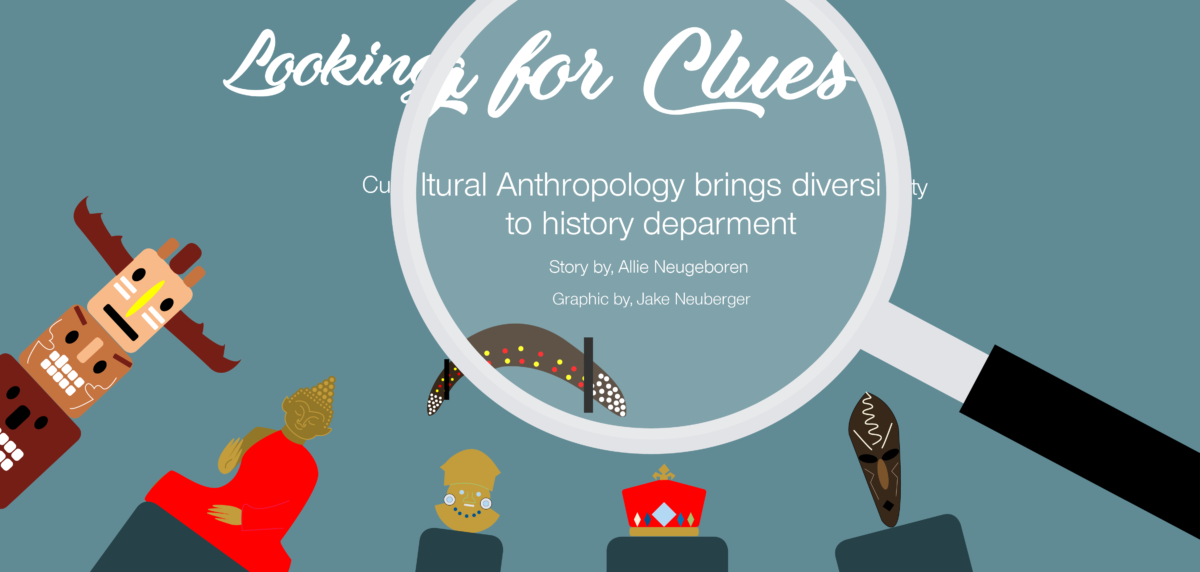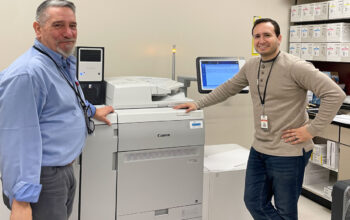Allie Neugeboren, Editor-in-Chief
@alneugiecourant
Dr. Jonathan Schwartz has just completed his first year of teaching history at NCHS and is already introducing a new, diverse sociology course to the history department. Previously teaching this Cultural Anthropology course for seven years at Bard High School Early College, Dr. Schwartz is excited to bring a college atmosphere class in the form of a history elective to NCHS.

Through his past field works, Dr. Schwartz has gained perspective for the basis of his new course. “The idea of cultural anthropology is we focus on living cultures, I’m a symbolic anthropologist in terms of what my PhD work is in, which means it’s a subfield of cultural anthropology in which the goal is you want to look at the way people make sense of their world, what are the symbols and ideas that are meaningful to them and you have to kind of unpack those things,” he said.
The explicits of cultural anthropology differs from more vast sociology courses. “Other fields of anthropology archaeology looks at material remains, linguistics looks at language, and physical anthropology looks at human evolution. What we do is look at people that are alive in the world today that construct their world differently,” he said. “There are different ideas of what makes living important, worthwhile, that’s the focus of cultural anthropology,” he said.

Dr. Schwartz emphasizes the objective of the class in regards to connecting other cultures back to their own. “The overarching goal is to make the alien more familiar so that ultimately what seems familiar becomes alien, and I really mean that in terms of if you study the practices around the world that seem most bizarre or upsetting or even unlike anything you’ve ever seen and use the anthropology lense to make sense of it, you then recast the light on what is it about your own life that you’ve always taken for granted and how strange are some of things we do,” he said. “Ultimately anthropology isn’t the study of others, it’s the study of us. It’s about why we think our life has meaning and then we come full circle,” he said.

Dr. Schwartz promotes a level of maturity and patience in order to participate in the advanced discussions. “The goal and objective is to make kids uncomfortable long enough for them to see that there is rationale, logical reasons why people do strange things and then bring them back to reexamine those things in our lens,” he said.
With a new course, Dr. Schwartz feels there are always concerns with students adapting the mature curriculum. “Sometimes the material can be shocking or the stereotypes the people come in with are encouraged you have to be a little careful to create a forum where people feel safe. My belief is a safe classroom isn’t one where people don’t say dangerous things but the classroom is safe to say dangerous things,” he said. “It’s about building a classroom environment where students are trusting of one another even if someone says something offensive, it wasn’t intended to be offensive, but we can investigate it,” he said.

History Department Chair, Robert Stevenson, explained that teachers developing an independent course isn’t common, yet for history, it was deemed vital to expand the department. “It was in my first line of thinking that this school offers a lot of history courses and a bunch of humanities courses, but there’s this hole where Psychology and AP Psychology cover the personal end of the humanities of ‘how does my brain, how does my body work,’ but we have no sociology, so that piece is missing,” he said. “Normally we wouldn’t offer a boutique course that one teacher was especially qualified to teach for, but my early thinking was we have three areas to cover in the curriculum, sociology, anthropology, and archeology, and this Cultural Anthropology course can bring those together,” he said.
Although Mr. Stevenson is not teaching the class, he still explains his favorite parts of the new course. “From the things people have left behind, whether it be documents or artifacts you can sometimes tell a more complete of story than the person themselves would tell,” he said.




